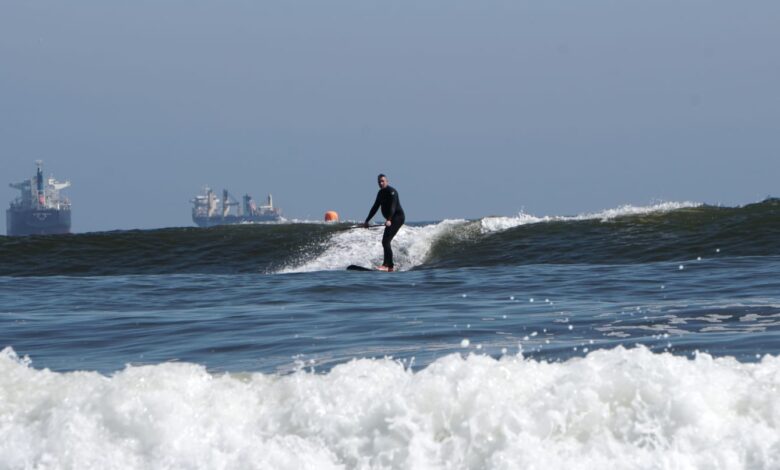Why Are Paddle Boards So Expensive?

With the rise in popularity of paddle boarding, it seems like everyone is picking up the sport. Seeing others have fun can make you want to try it yourself. However, once you start looking at prices, the cost of paddle boards can be quite surprising, with some reaching up to $2500 or more.
Key Takeaways
- Stand-up paddle boards (SUPs) range from about $200 to around $3000, but quality boards typically start at around $500.
- The quality and cost of materials directly affect the price of paddle boards. Larger boards cost more due to the increased material usage.
- Paddle boards often come with accessories like bags, pumps, leashes, and paddles, contributing to the overall price.
- High demand for paddle boards influences their retail price.
Are Paddle Boards Really Expensive?
The perception of whether paddle boards are expensive depends on your definition of “expensive” and the type of paddle board you are considering. While some may not find $1000 to be too much, others might think it is excessive.
You can find SUPs for as low as $250, especially inflatable ones. However, lower prices often indicate compromises in quality. Generally, the price range for stand-up paddle boards is between $200 and $3000+, with quality boards being more costly.
Why Are SUP Boards So Expensive?
1. Supply and Demand
In recent years, stand-up paddle boarding has become extremely popular, with more first-time participants than other watersports. The demand for SUP boards is high and continues to grow as people explore variations like SUP yoga, fitness, fishing, and touring. High demand leads to higher prices, especially when the supply does not meet the demand.
2. Paddle Board Construction
The construction of paddle boards is complex and involves significant materials, labor, and technology. The methods differ between inflatable and solid boards.
a. Inflatable Paddle Boards Construction
Inflatable paddle boards use drop stitch construction, which involves two fabric layers connected by numerous small threads. This helps the board maintain its shape when inflated. To make the board airtight, a PVC layer is applied.
Quality inflatable boards often have multiple layers of drop stitch fabric and PVC, which increases their durability and production cost. Advanced techniques like heat welding may also be used. These factors contribute to the higher price of quality inflatable paddle boards, which are often virtually indestructible.
b. Rigid Paddle Boards Construction
Rigid paddle boards usually have a foam core made of polyurethane (PU) or expanded polystyrene (EPS). This core is then wrapped in materials like carbon fiber, fiberglass, plastic, or heat-laminated polyethylene. The cost of these materials varies, with carbon fiber being among the most expensive.
Carbon fiber boards are highly durable, lightweight, and offer superior performance, which explains their high price. Fiberglass and wood paddle boards are also costly due to the materials and craftsmanship involved in their production.
3. Accessories
Paddle boards often come with additional features and accessories, such as bags, pumps, leashes, and paddles. The quality of these accessories affects the overall price. High-quality accessories contribute to a higher total cost.
4. Marketing and Distribution
Manufacturers need to market their boards, which involves various costs, including paying influencers and other marketing strategies. Distribution also adds to the price, especially if there are multiple intermediaries between the manufacturer and the customer.
5. Stand-Up Paddle Boarding Is Still a New Sport
Compared to other watersports, there are fewer paddle boards in circulation. Many manufacturers are small and family-operated, producing boards in smaller quantities. This limits the ability to reduce costs through bulk production and economies of scale, keeping prices higher.
How Can You Get Quality Paddle Boards at Cheaper Prices?
- Buy Directly from the Manufacturer: Purchasing directly from the manufacturer can reduce costs by eliminating the middleman.
- Wait for Sales: Sales during Black Friday, holidays, and end-of-year can offer significant discounts.
- Avoid Buying During Summer: Prices are often higher in summer due to increased demand. Buying just after summer can lead to better deals.
Conclusion
Paddle boards are expensive due to high demand, complex production processes, quality materials, included accessories, and marketing and distribution costs. While quality boards are costly, there are ways to find deals and reduce the price you pay. Happy paddling!



